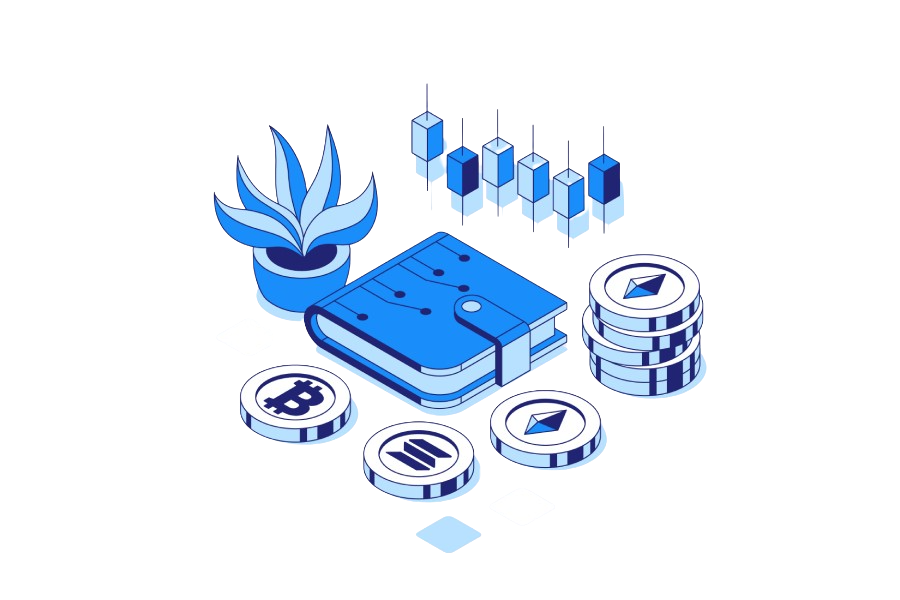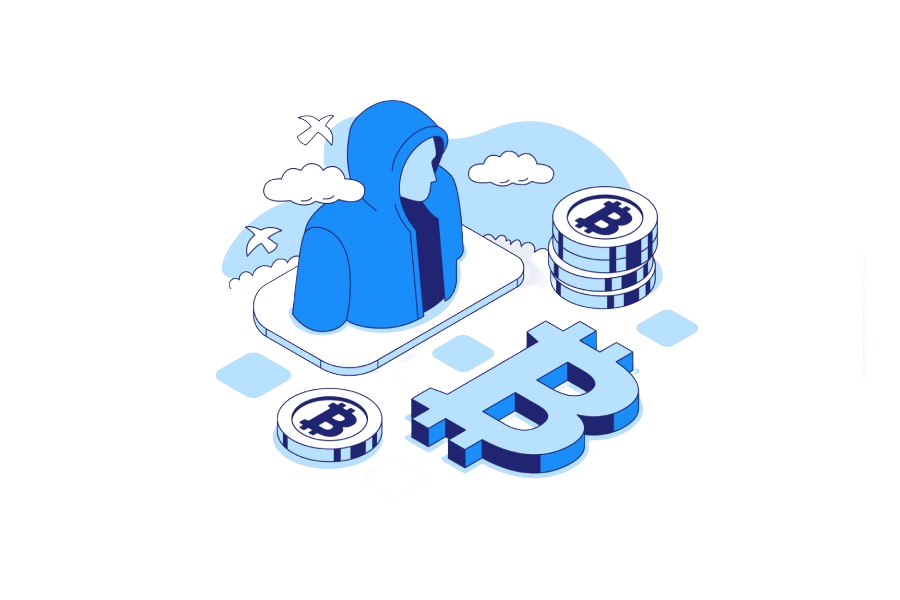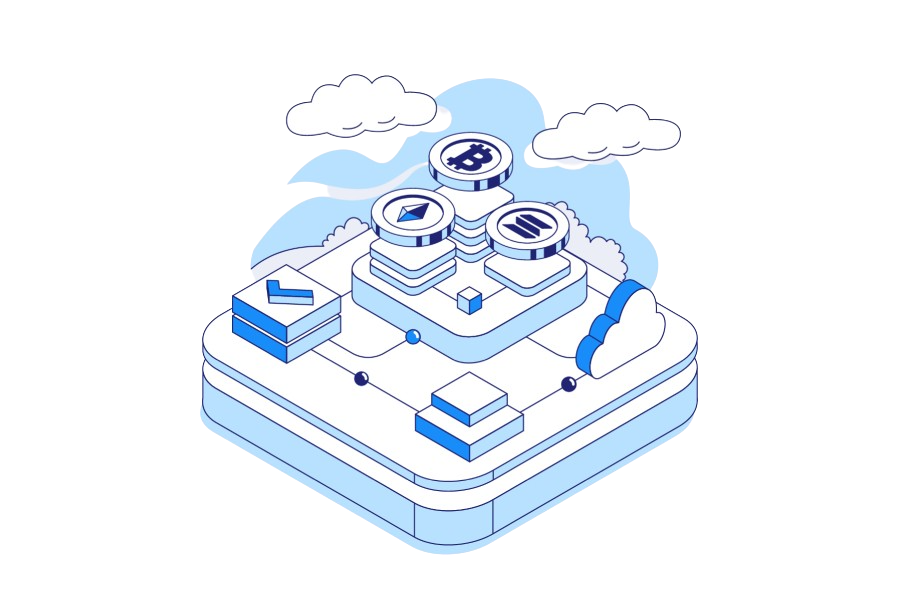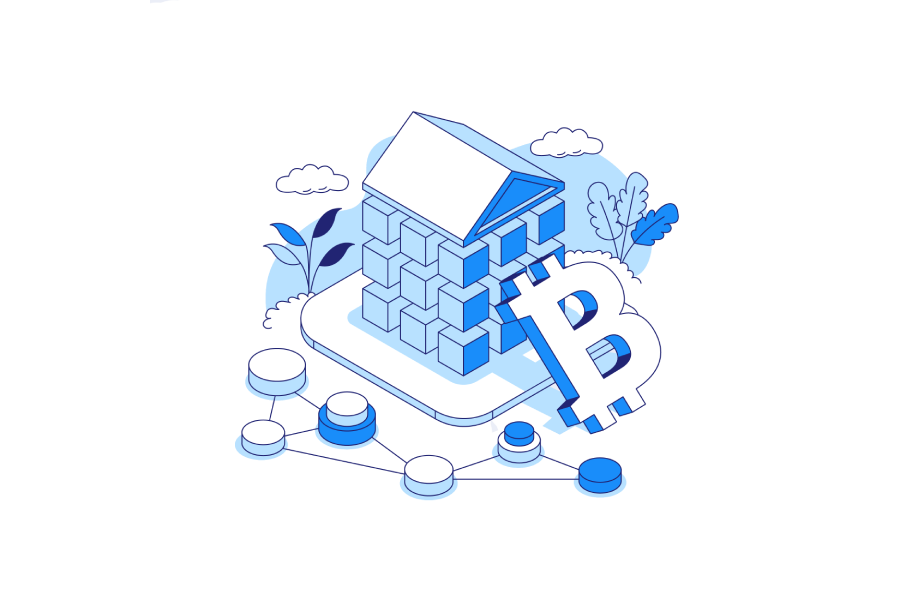What is DeFi?
Decentralized finance, also known as DeFi, refers to financial services that are democratized and don’t have a central authority. The opposite of DeFi is centralized financial services such as those offered by banks and other traditional financial institutions.DeFi services are typically faster, cheaper and easier to use with new benefits and services being introduced frequently.
Cryptocurrency users are able to access most of the services traditional banks offer with government-issued fiat currencies, including lending, borrowing, earning interest, trading assets and purchasing insurance.
DeFi proponents suggest this new way of offering financial services will turn traditional banking on its head – possibly even eliminating the middleman in financial transactions in favour of decentralized networks of peers.
Table of Contents

How is DeFi different from centralized finance?
Centralized finance is the default economic environment in which the world currently operates with payments, credit, and trading activities going through third parties and intermediaries that are monitored by local regulators.
DeFi allows people to conduct financial transactions directly with other people through a blockchain network, cutting out intermediaries like banks.
Borrowing and lending are the main benefits of DeFi, but there are also applications for savings where you can earn interest on cryptocurrencies.
With DeFi, assets are accessed through secure digital wallets and smart contracts are used to conduct transactions.
Cutting out intermediaries lowers costs and speeds things up, but DeFi also makes financial services much more accessible. Not everyone can open a bank account or access certain financial services in centralized finance.
That means DeFi has the potential to financially empower billions of people around the world who are currently denied access to banking services. DeFi also offers more flexibility. For example, DeFi trading hours are not as restricted as those in centralized financial systems.

How does DeFi work?
DeFi uses smart contracts that eliminate the need for traditional financial institutions to act as guarantors for transactions.
Instead, users in the DeFi system trade directly with each other and transactions are backed by blockchain technology.
With most DeFi products, your funds are not taken into custody, which means you retain control of your assets.
DeFi allows users to access funds or assets through a secure digital wallet.
Transactions are made using smart contracts, which require both parties to agree to specific terms.
Smart contracts are self-executing contracts on a blockchain. Each party enters terms that allow the smart contract to be executed without needing a central authority or intermediary.
Smart contracts are executed automatically when predefined conditions are met. For example, they can be used to transfer money to a specific account on a specific day.
Smart contracts are considered a safer, more transparent and more efficient way for parties to trade with each other compared to traditional systems. They also tend to reduce costs by eliminating expensive bureaucracy.
Once a smart contract is set up it cannot be changed, meaning funds cannot be diverted and sent to another account.
Why do most DeFi applications use Ethereum?
Ethereum supports decentralized applications (dApps) and smart contracts, making it a natural fit for DeFi.
The Ethereum blockchain manages transaction history and account status, while Ether and other cryptocurrencies are used as assets.
Ethereum is known for its flexibility, allowing developers to create dApps easily. This flexibility means that a DeFi solution already exists for most financial services, providing the opportunity to develop new, innovative financial products.
Because so many DeFi applications are built on the Ethereum platform, many of these products can work together seamlessly.
While most DeFi applications are being developed on the Ethereum blockchain platform, other platforms like Cardano, Binance, and Solana are rapidly developing similar applications.
DeFi is still in its infancy compared to centralized financial systems, so new applications are constantly being released.
How does DeFi lending work?
DeFi lending is growing in popularity and allows you to lend digital assets to others while earning interest. Lenders can pool their assets with others and set terms through smart contracts.
Borrowers are usually required to post collateral in digital currency to secure a loan. This means that borrowers can, for example, access funds in a major coin like Bitcoin while depositing collateral in a lesser-known cryptocurrency.
When you take out a loan through DeFi, as long as you make the interest payments, you can access Bitcoin without having to sell your collateral. In some cases, you can even borrow a higher amount than the collateral you put up.
What are the benefits of DeFi?
Income: DeFi provides the ability to earn income. To offer their services, many dApps require liquid cryptocurrency. They offer to pay a return in exchange for users investing their coins for a certain period. In effect, they offer an income for those who provide liquidity – similar tointerest paid on deposits in traditional banks, but riskier.
Control of your assets: DeFi allows users to retain custody of their assets using non-custodial crypto wallets or smart contract-based escrow.
Accessibility: Anyone with a crypto wallet and an internet connection can access DeFi
Transparency: Transactions on the Ethereum blockchain are transparent – any user can view the network activity and network users verify transactions.
What are the risks of DeFi?
Scams: Scammers often try to lure new crypto investors with returns that can be drastically higher than those offered by traditional financial institutions. High returns may be too good to be true.
Theft: Aside from outright fraud, crypto coins can be stolen – especially given the vulnerabilities in the coding of some dApps.
Cost: Interacting with smart contracts requires a gas fee, like a token, to get a machine running. Multiple steps along the way can drive up costs
Volatility: While yield farming can help mitigate the downsides in the world of cryptocurrency, you still have to endure staggering swings to earn modest returns.
A cryptocurrency can easily lose a year’s worth of returns in one day
Unfinished projects: A particular dApp may die on the vine as the core team developing it pursues other projects
Conclusion
Decentralized finance or DeFi, is an emerging financial system in which services are provided without a central authority. This system is able to bypass traditional centralized financial services such as those offered through banks and brokers. DeFi uses smart contracts that eliminate the need for traditional financial institutions to act as guarantors for transactions. Instead, users in the DeFi system trade directly with each other and transactions are backed by blockchain technology.
Proponents say DeFi has the potential to financially empower billions of people around the world who are currently denied access to banking services.
Table of Contents
Related articles

What is Bitcoin Adoption?

What is a Bitcoin Loan?







